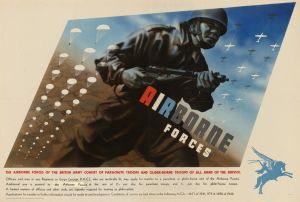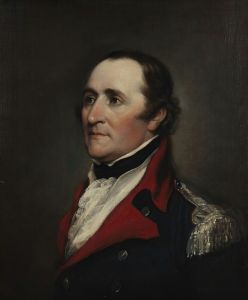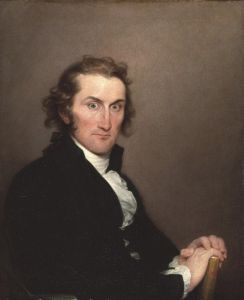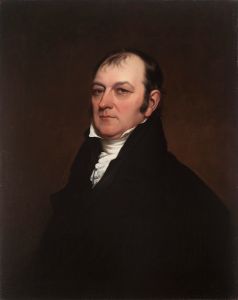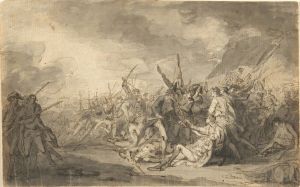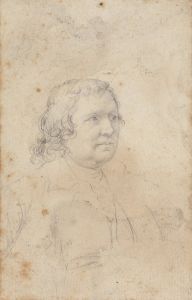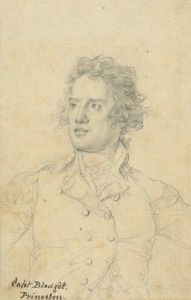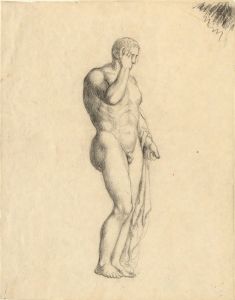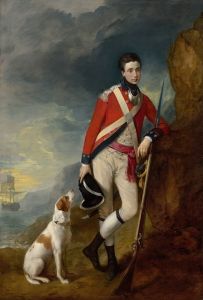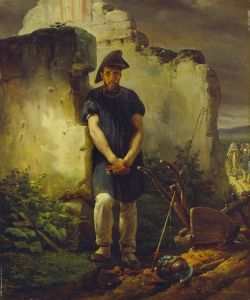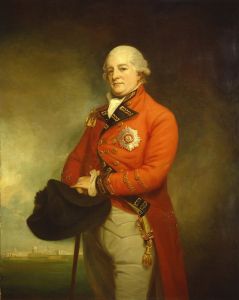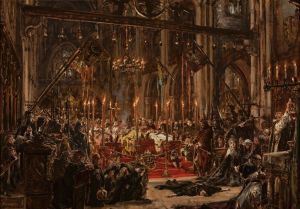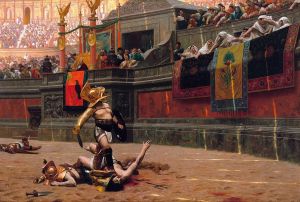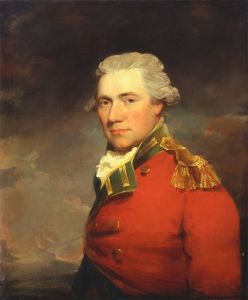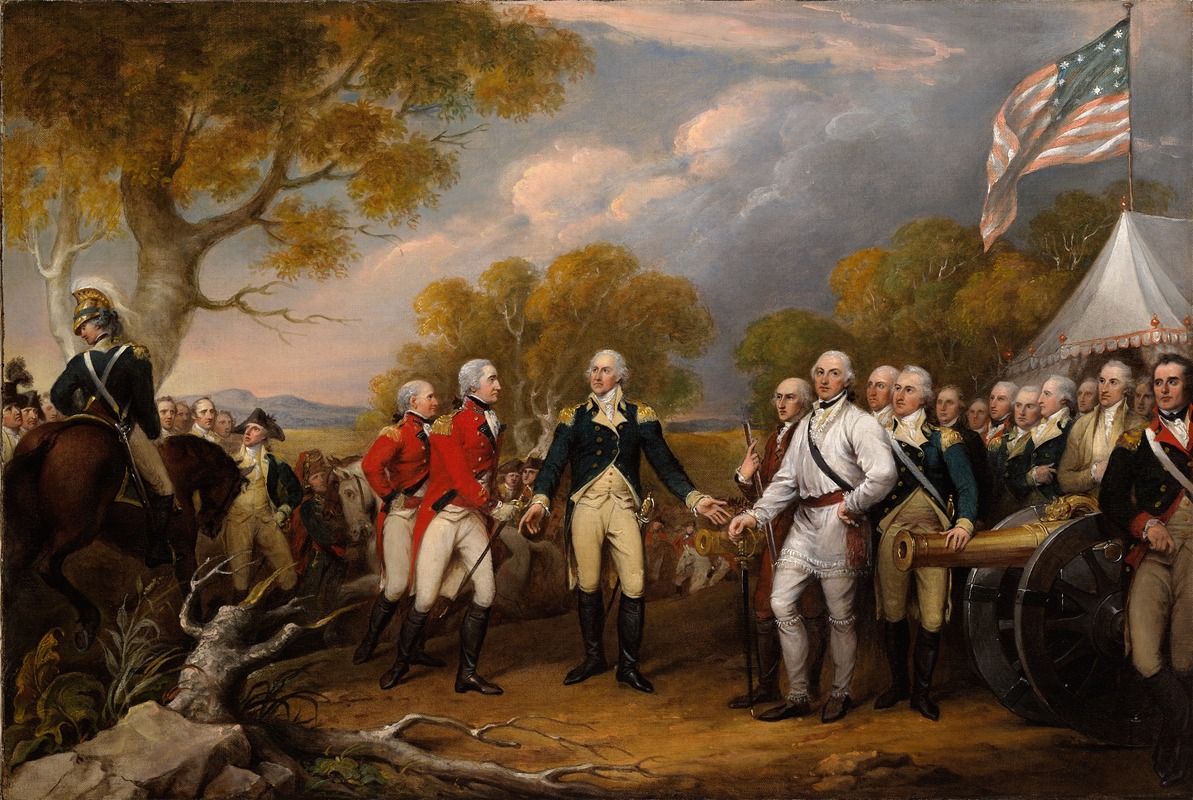
The Surrender of General Burgoyne at Saratoga, October 16
A hand-painted replica of John Trumbull’s masterpiece The Surrender of General Burgoyne at Saratoga, October 16, meticulously crafted by professional artists to capture the true essence of the original. Each piece is created with museum-quality canvas and rare mineral pigments, carefully painted by experienced artists with delicate brushstrokes and rich, layered colors to perfectly recreate the texture of the original artwork. Unlike machine-printed reproductions, this hand-painted version brings the painting to life, infused with the artist’s emotions and skill in every stroke. Whether for personal collection or home decoration, it instantly elevates the artistic atmosphere of any space.
"The Surrender of General Burgoyne at Saratoga, October 16" is a historical painting by American artist John Trumbull. Completed in 1821, the artwork commemorates the pivotal moment during the American Revolutionary War when British General John Burgoyne surrendered to American forces led by General Horatio Gates on October 17, 1777, following the Battles of Saratoga. This event marked a turning point in the war, as it secured a decisive victory for the American forces and helped persuade France to enter the conflict as an ally of the United States.
The painting is part of a series of works by Trumbull that depict key events from the American Revolution. It was commissioned by the United States Congress and is one of four large-scale paintings by Trumbull that hang in the Rotunda of the United States Capitol in Washington, D.C. The other three paintings in this series are "Declaration of Independence," "Surrender of Lord Cornwallis," and "General George Washington Resigning His Commission."
In "The Surrender of General Burgoyne," Trumbull portrays the moment of surrender with a focus on dignity and respect between the opposing sides. The composition centers on General Burgoyne, who is shown in a red British uniform, surrendering his sword to General Gates, who is dressed in blue, symbolizing the Continental Army. The scene is set in an open field, with the American and British troops positioned in the background, emphasizing the formal and ceremonial nature of the event.
Trumbull's attention to historical accuracy is evident in his depiction of the individuals present at the surrender. He included detailed portraits of key figures based on sketches and descriptions he gathered during his travels. Among the notable figures in the painting are American officers such as General Benedict Arnold (prior to his defection to the British) and Colonel Daniel Morgan, as well as British officers who accompanied Burgoyne.
The painting reflects Trumbull's broader goal of documenting the American Revolution through art, capturing not only the military achievements but also the ideals and principles that defined the era. It serves as both a historical record and a symbol of American resilience and unity during the struggle for independence.
Today, "The Surrender of General Burgoyne" remains an important piece of American art and history, admired for its artistic quality and its role in commemorating a critical moment in the nation's founding.





